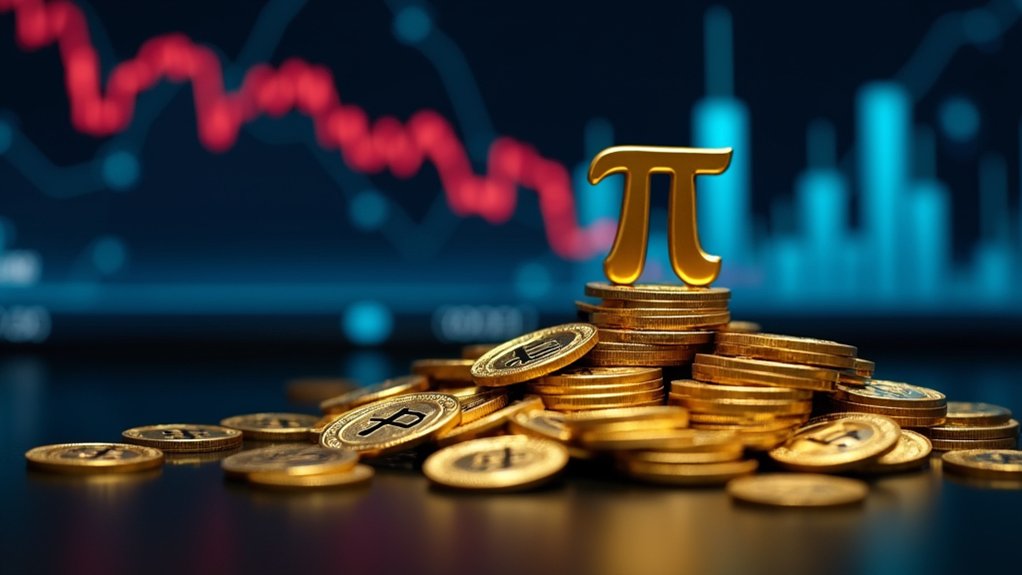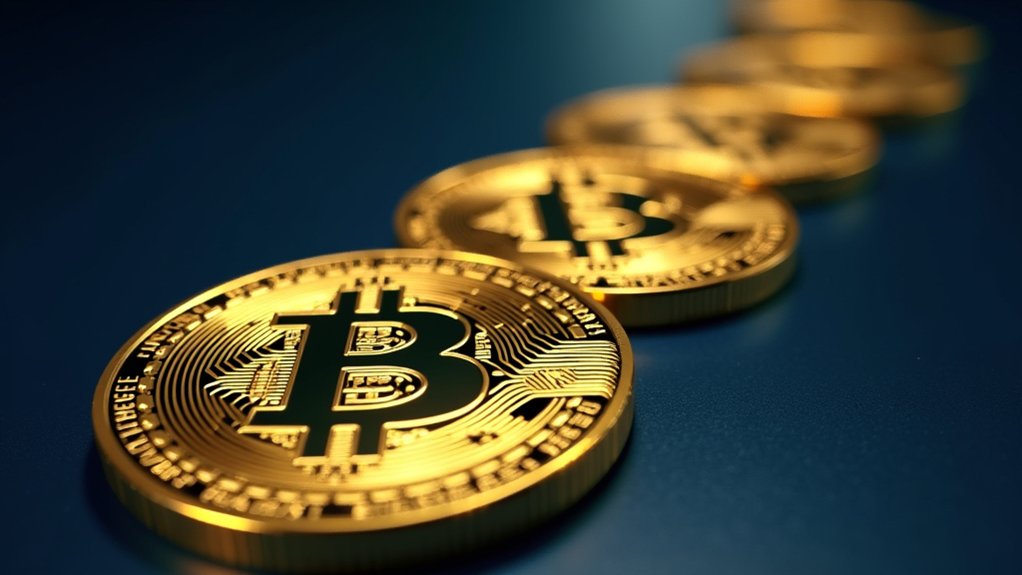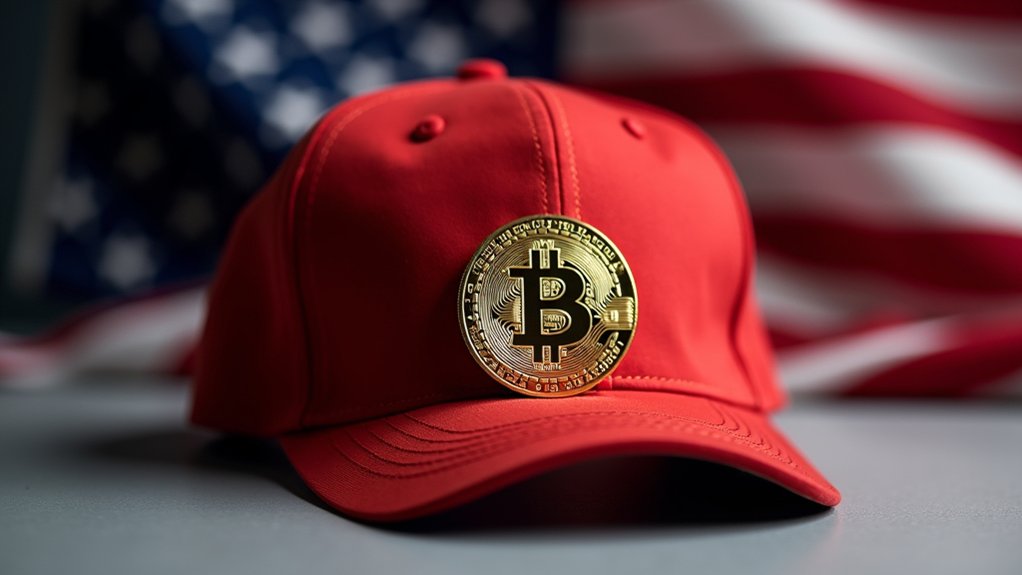While markets soared to new heights, President Donald Trump made a bold declaration positioning America at the forefront of the cryptocurrency revolution. His vow to make the U.S. the “undisputed Bitcoin superpower and crypto capital of the world” wasn’t just talk. He backed it up. Fast.
Trump’s promise to transform America into a crypto powerhouse wasn’t empty rhetoric—it was backed by immediate, decisive action.
The cornerstone of Trump’s crypto agenda is the newly established Strategic Bitcoin Reserve—essentially a digital Fort Knox. It’s stocked with bitcoin the Treasury already owns from forfeitures. And get this: the government won’t sell a single satoshi. They’re hodling, just like the rest of us.
Trump didn’t stop there. His executive order created the U.S. Digital Asset Stockpile for non-bitcoin cryptocurrencies. Trump criticized the Biden administration for selling assets at a fraction of their value. The message is clear: America is all in on digital assets.
The regulatory landscape? Totally transformed. Operation Choke Point 2.0—that thing strangling crypto companies—gone. The SEC paused those annoying enforcement cases against crypto businesses that had everyone worried. The President’s Working Group on Digital Asset Markets is now reviewing existing regulations within a short 30-day timeline to ensure market clarity. This clarity is critical as regulatory impact has historically been one of the most significant factors affecting cryptocurrency prices. Even meme coins caught a break when officials declared they’re not securities. That’s huge.
Market reaction was explosive. Bitcoin blasted past $93,000. Ethereum jumped 13%. But the real winners? Cardano soared 71% and XRP rocketed 31%. Wealth creation happening in real-time.
Behind the scenes, Trump appointed tech veteran David Sacks as White House AI and Crypto Czar. He’s already hosted the first-ever White House Digital Asset Summit, bringing industry leaders to the table. About time someone listened to them.
Legislation is moving too. The Financial Innovation and Technology for the 21st Century Act and the GENIUS Act for stablecoins are gaining traction. Both aim to clarify which agency regulates what. The days of regulatory confusion might actually be ending.
Trump also shut down work on a retail Central Bank Digital Currency. No competition from government coins. Private innovation gets priority.
For an administration that promised to end the “regulatory war on crypto,” they’re delivering. America isn’t just talking about becoming the crypto capital of the world—it’s already happening.





